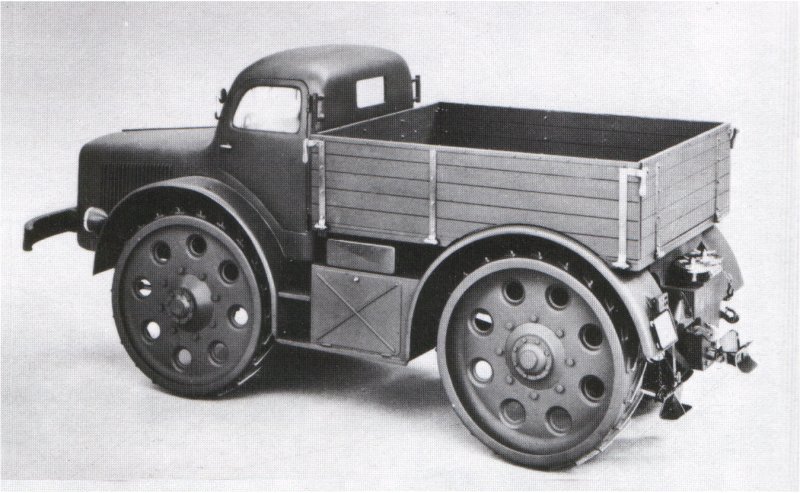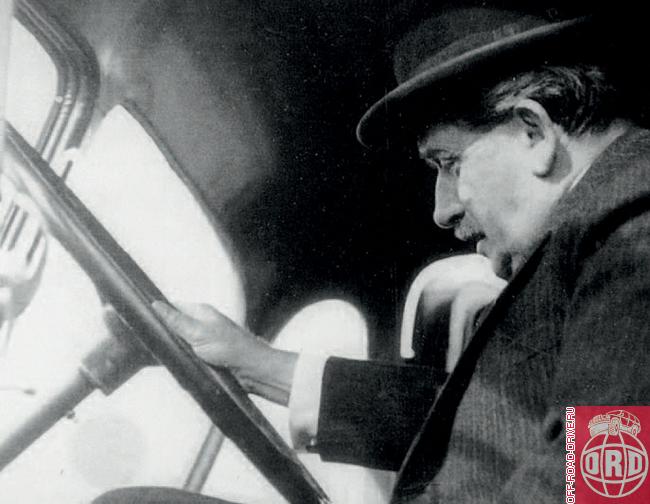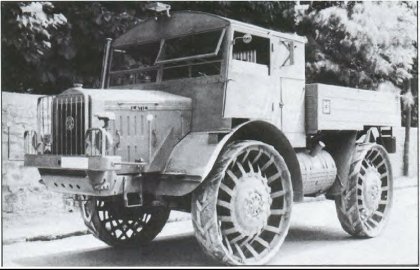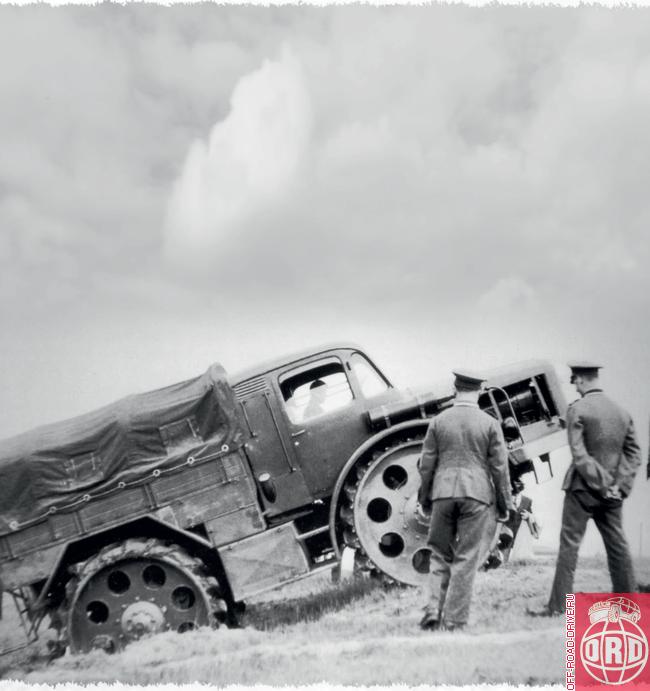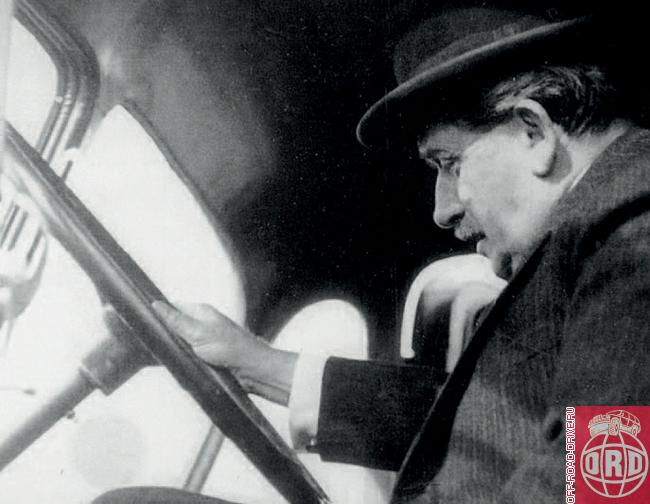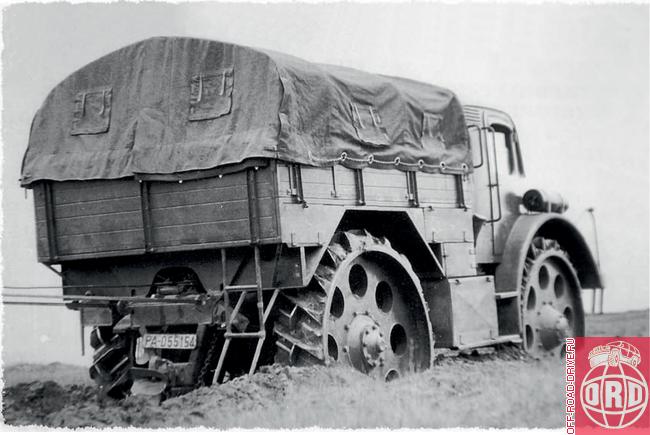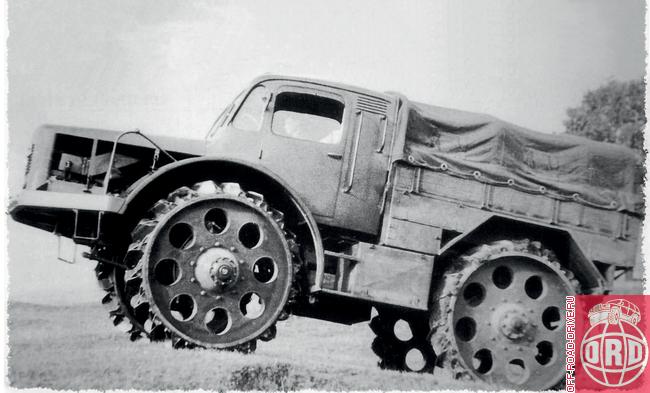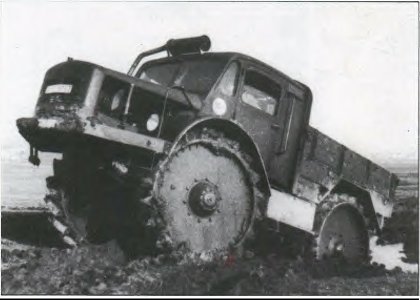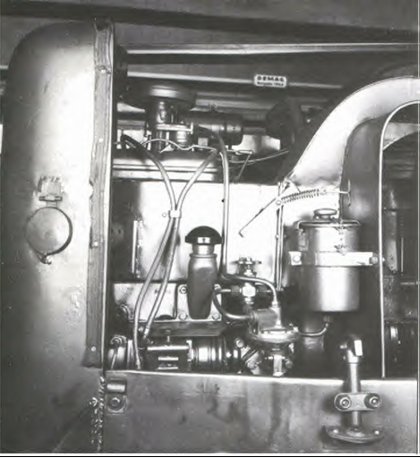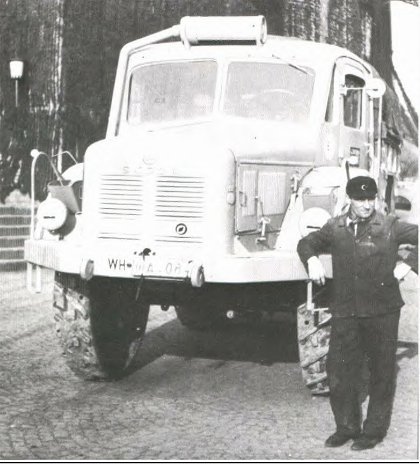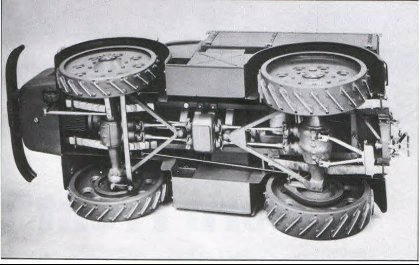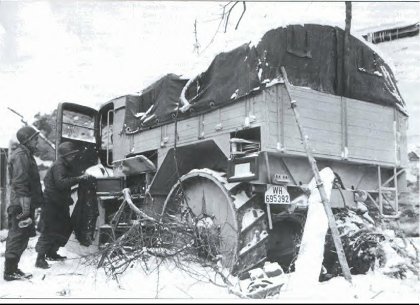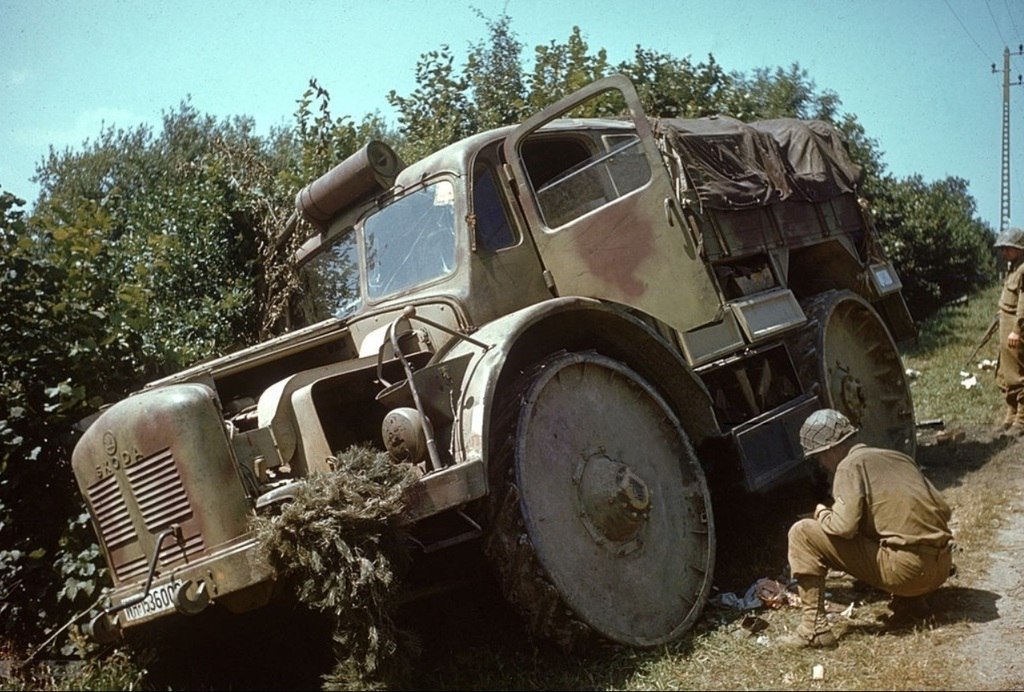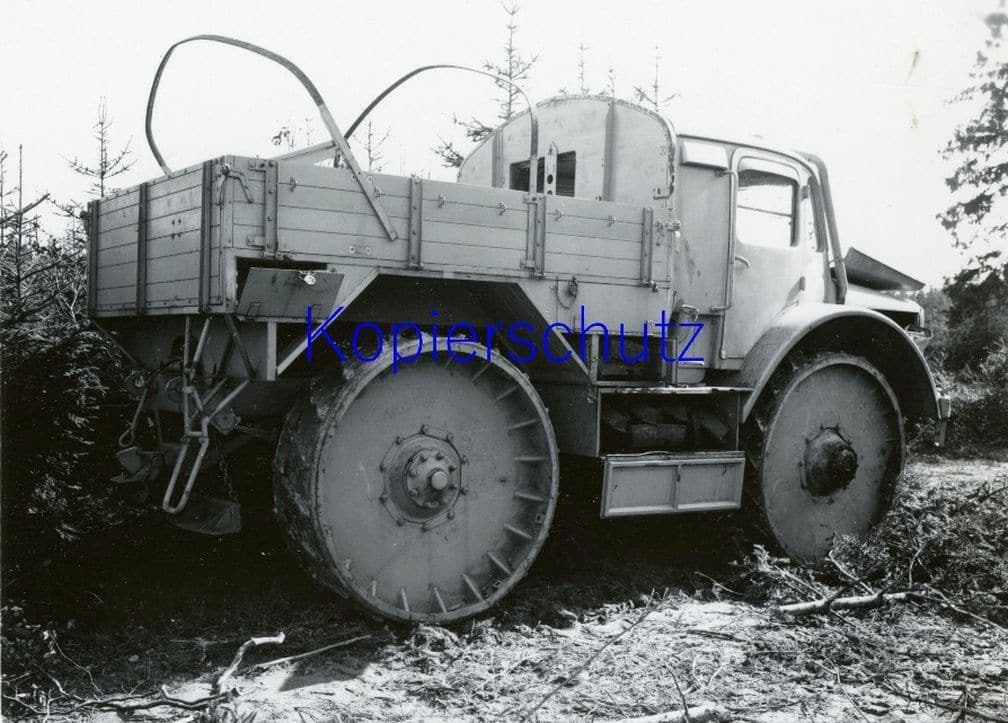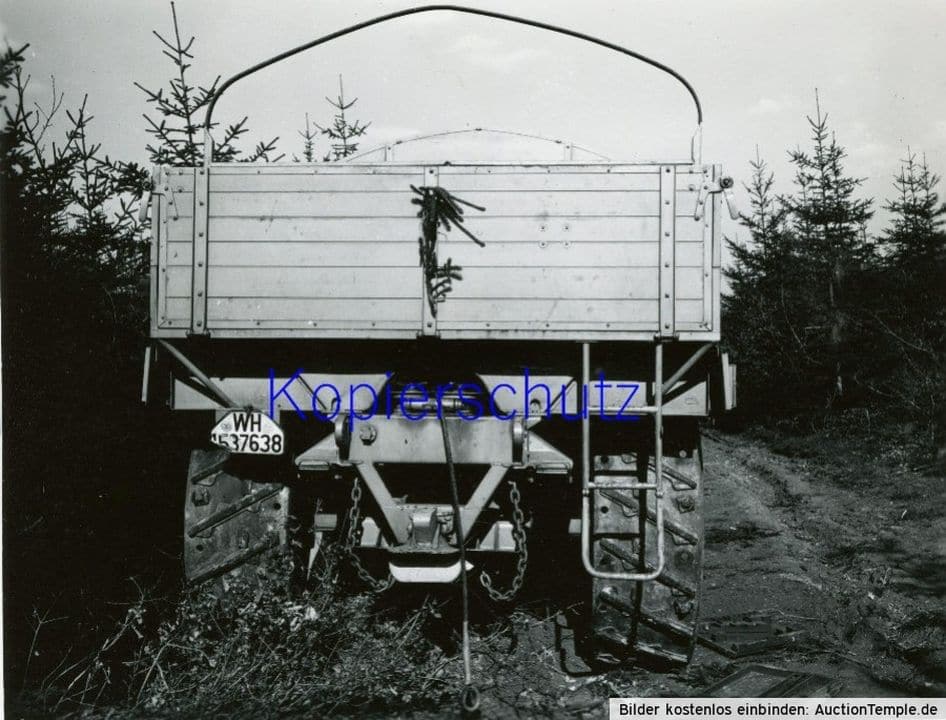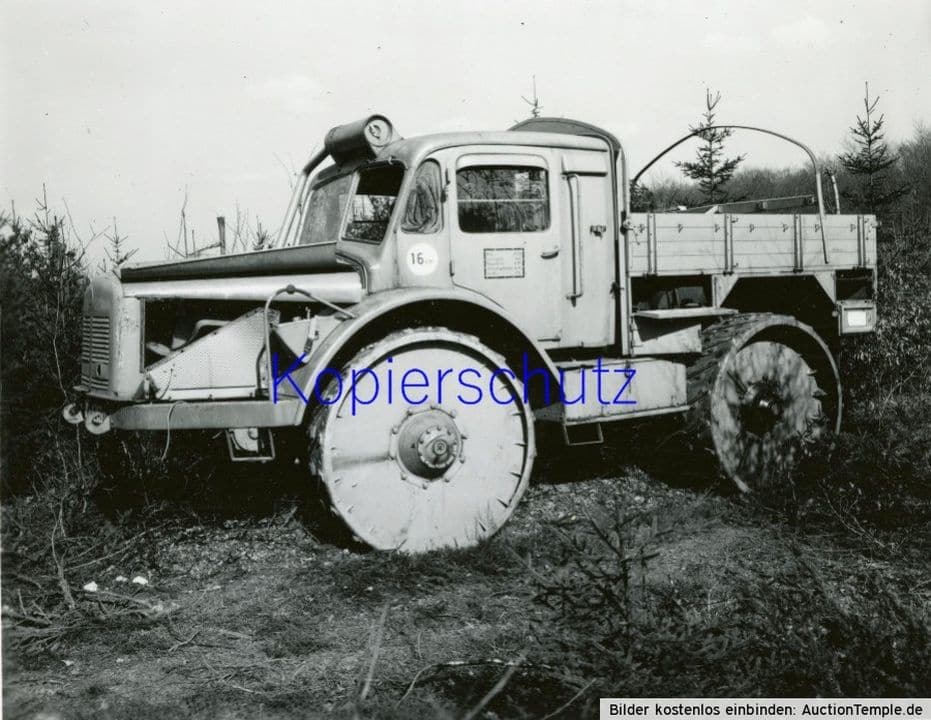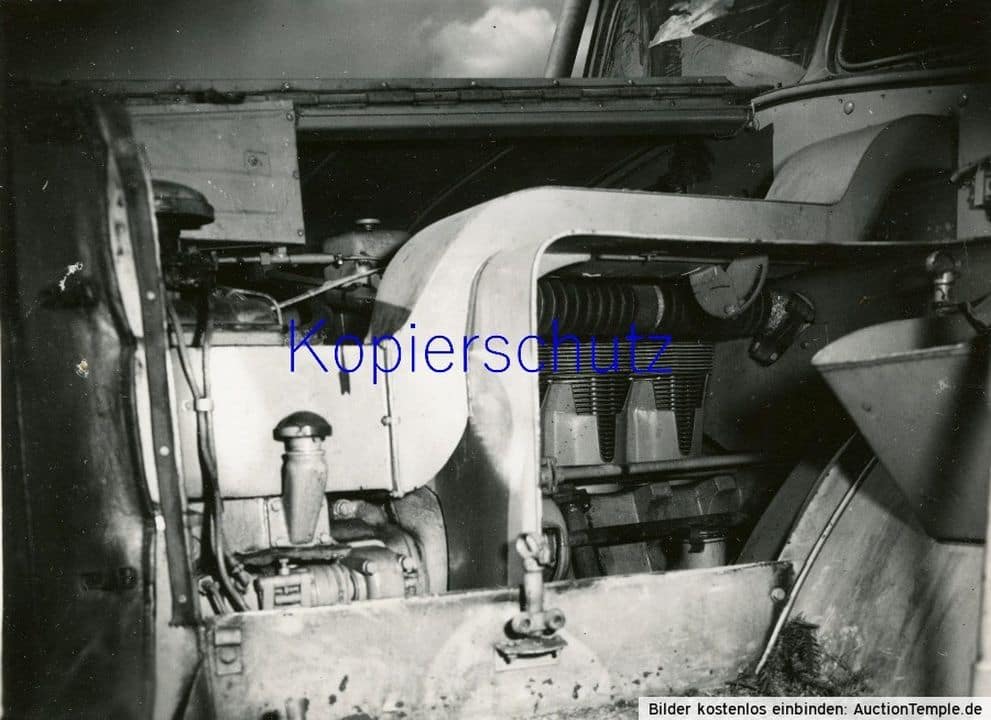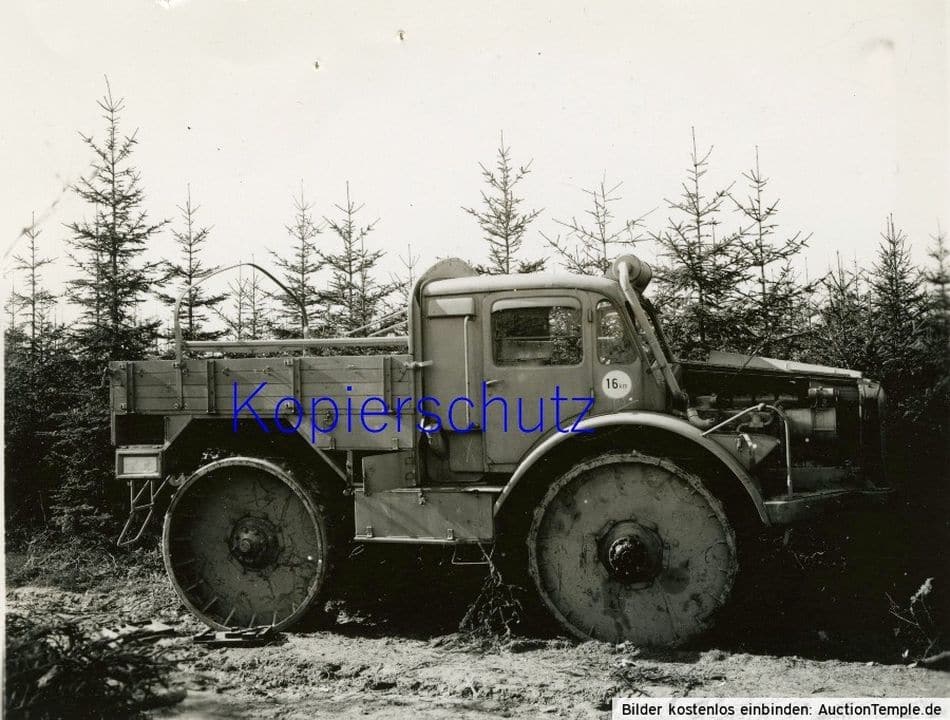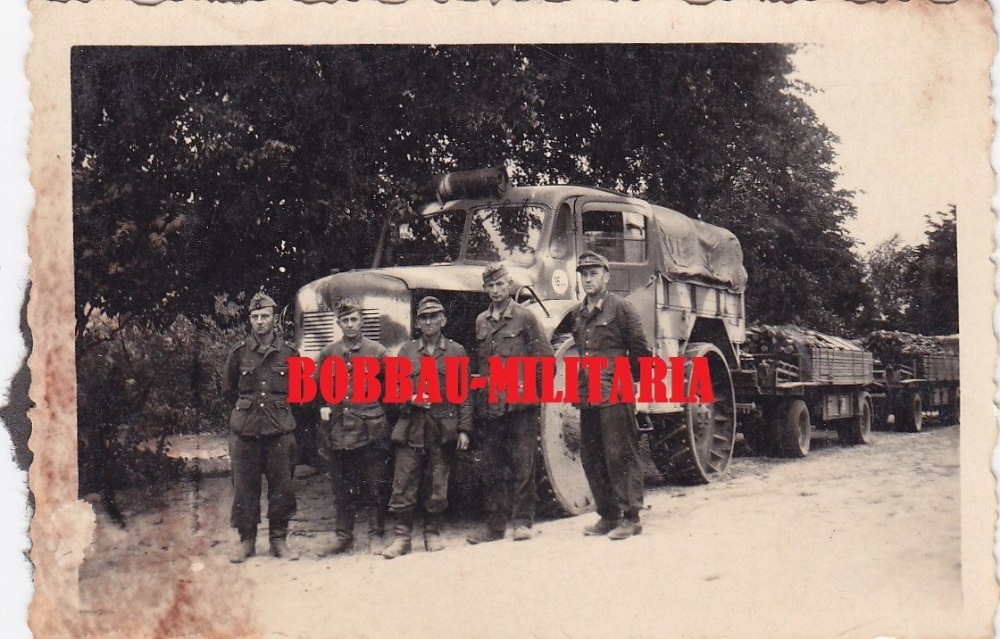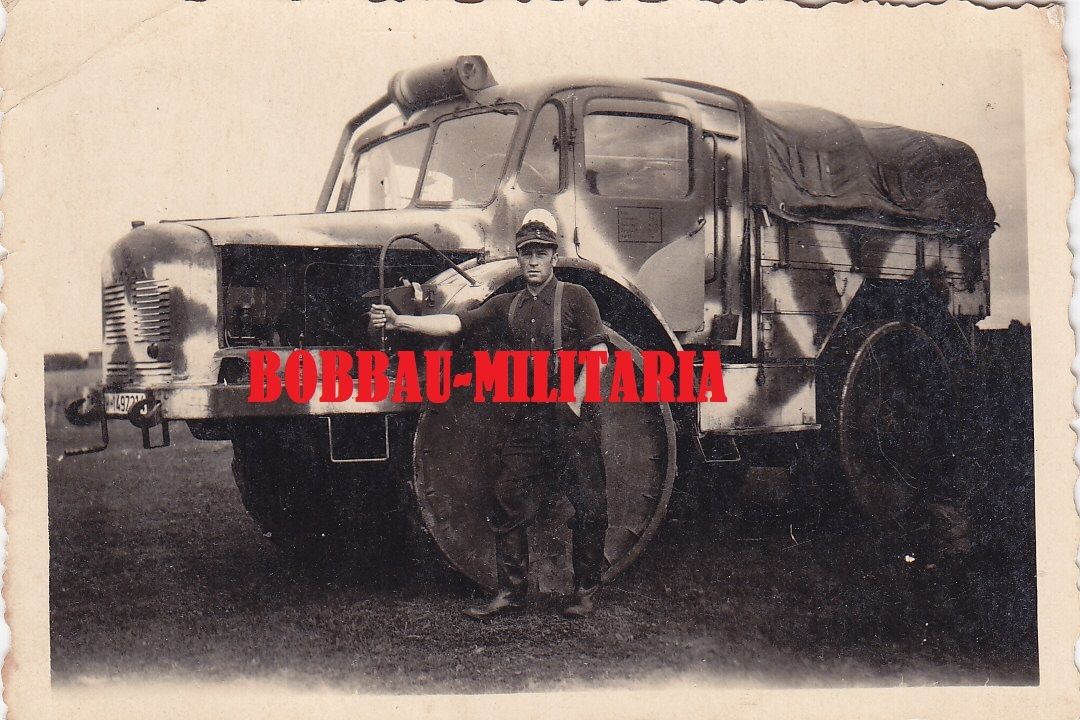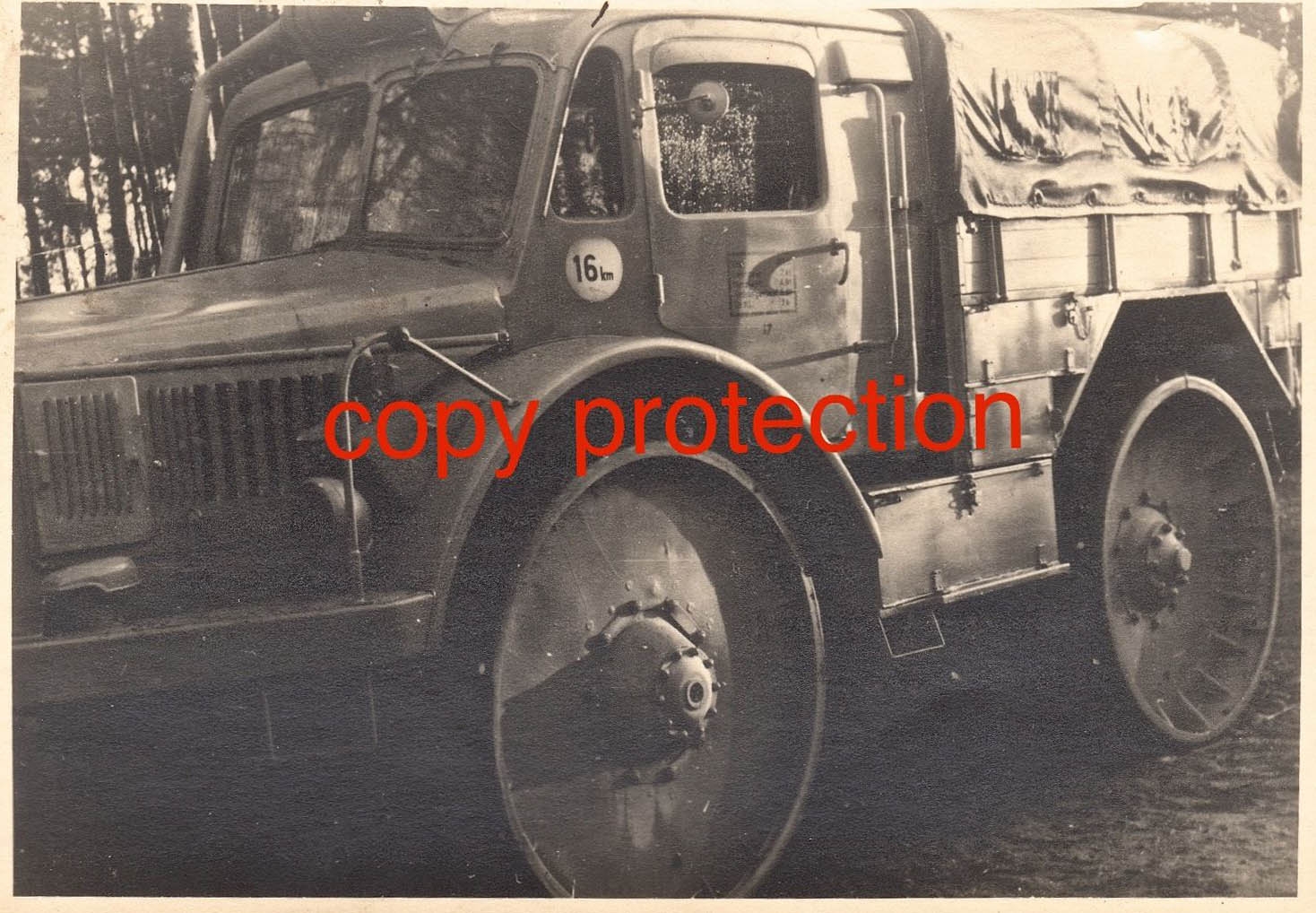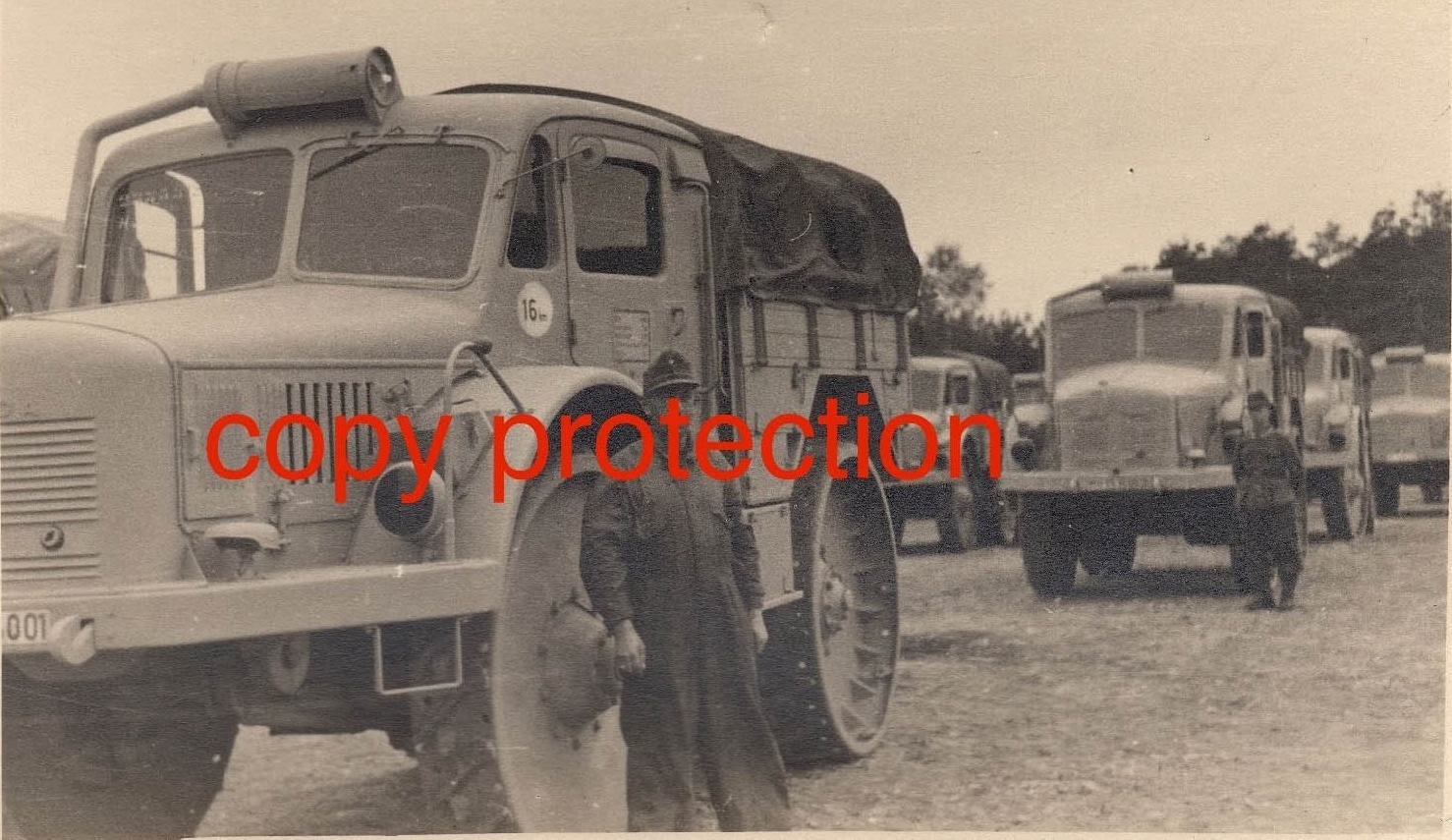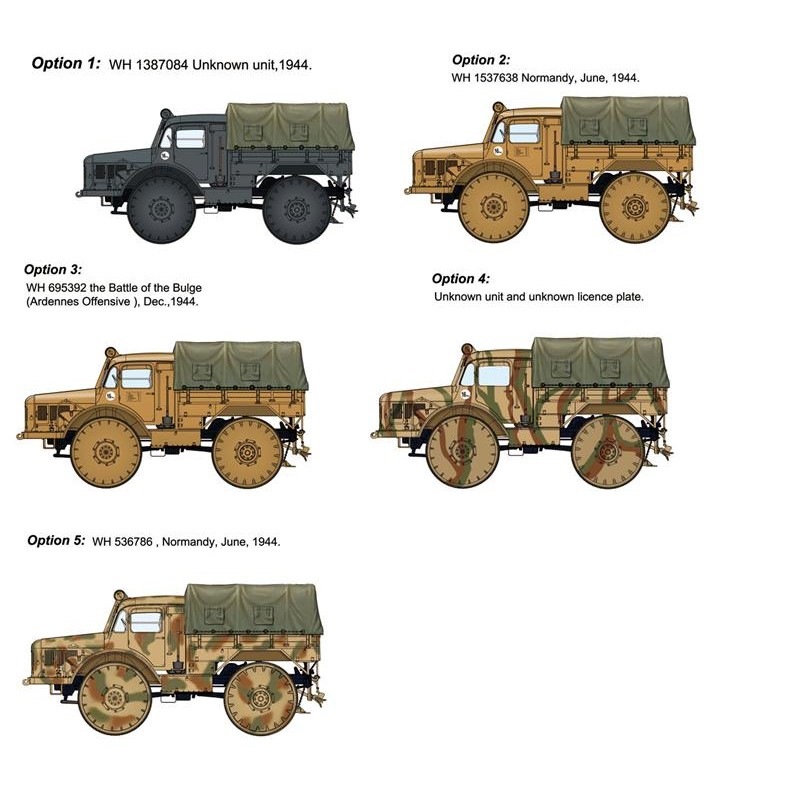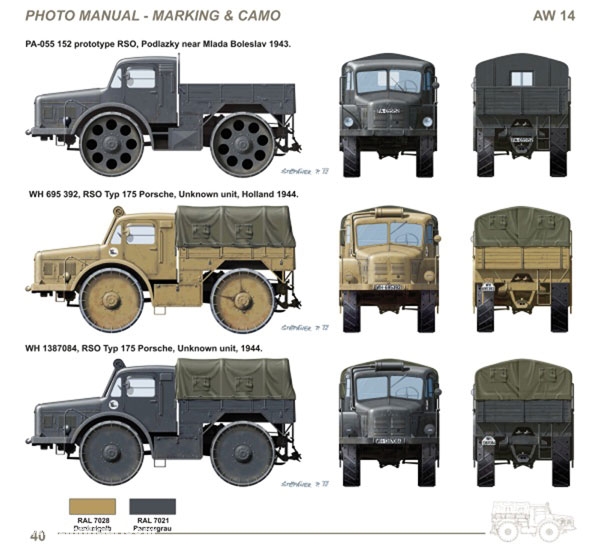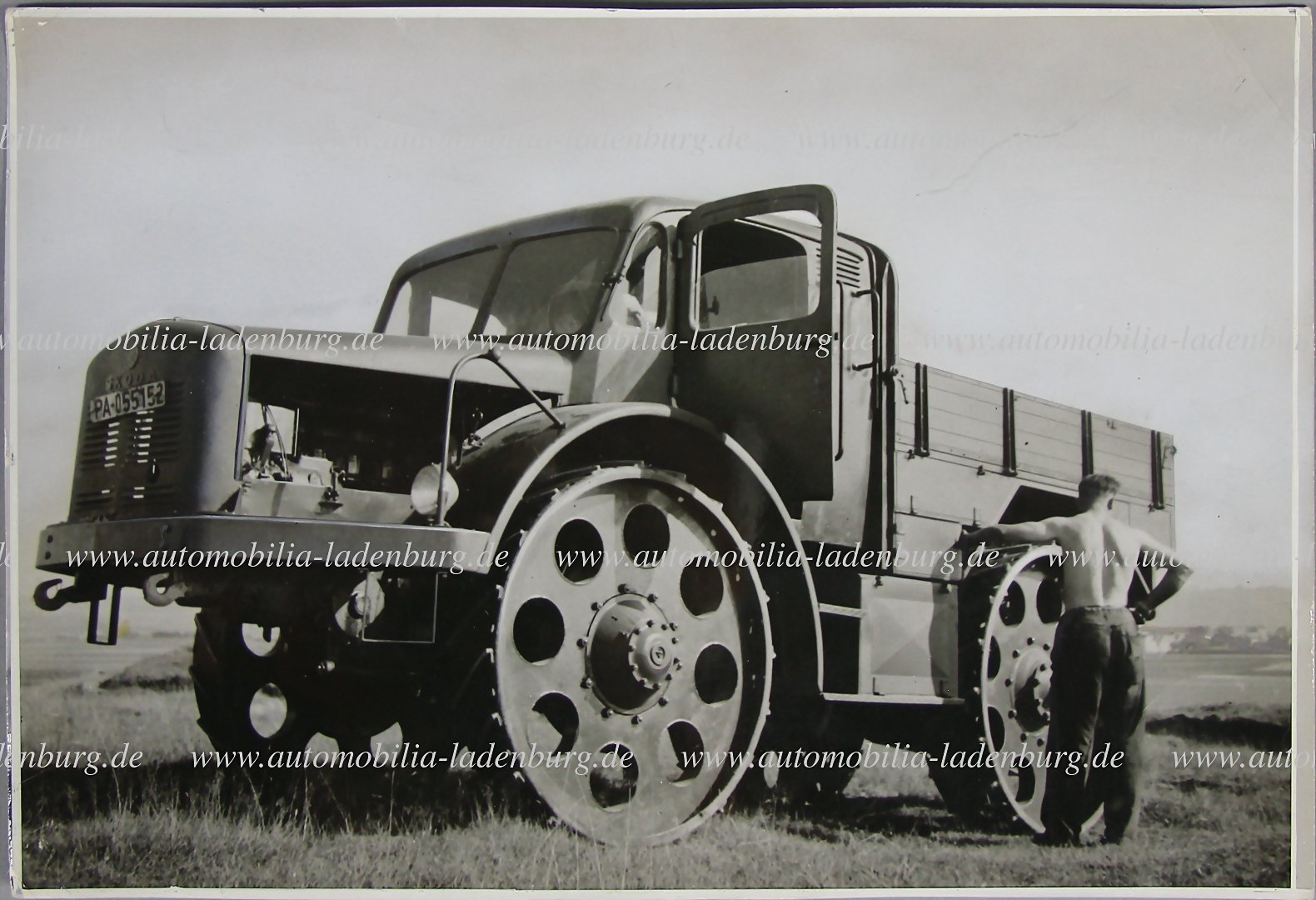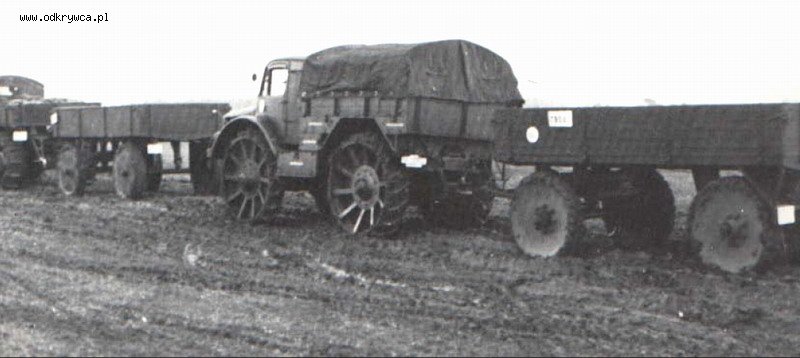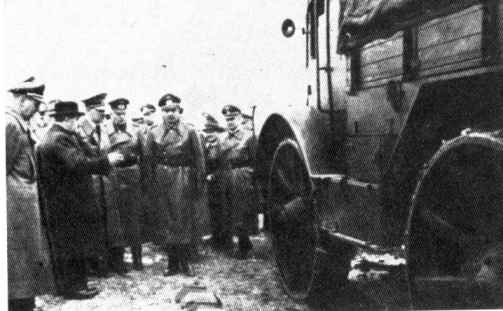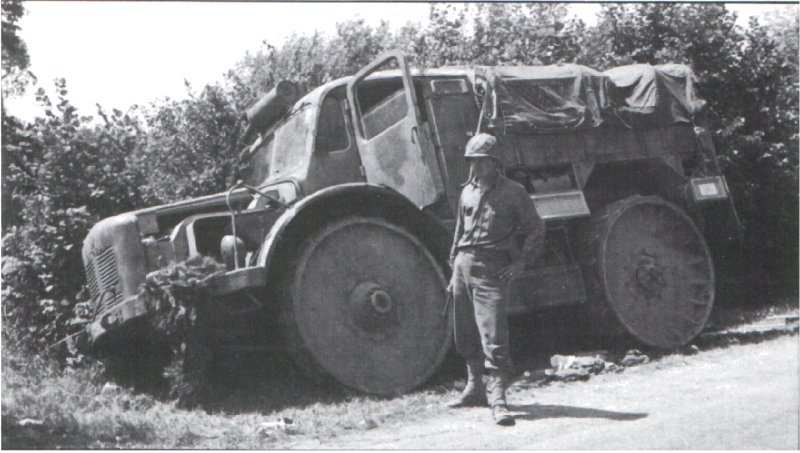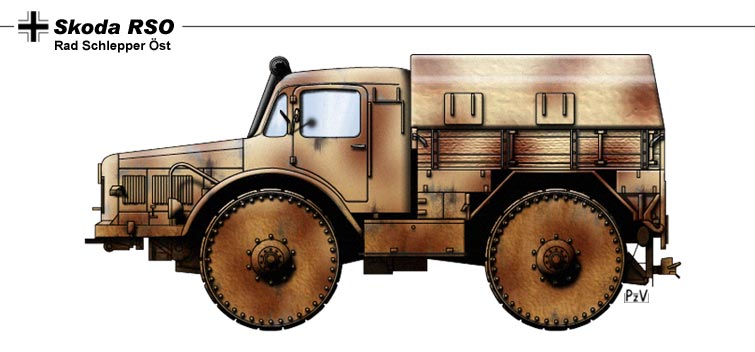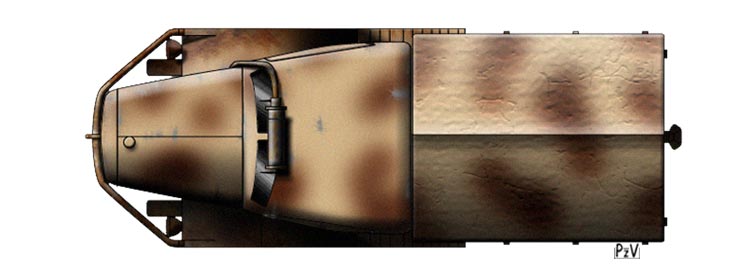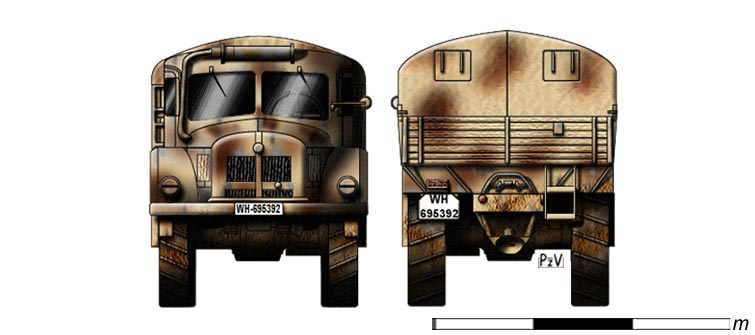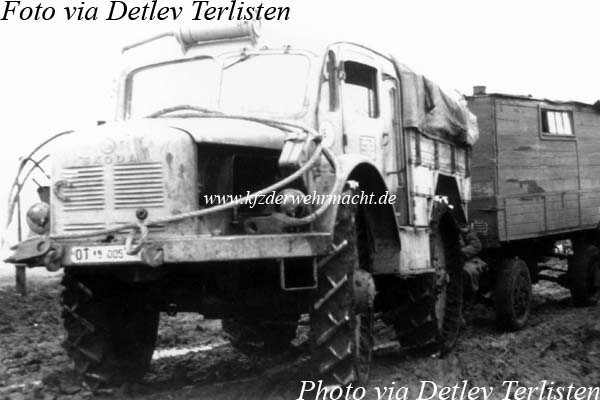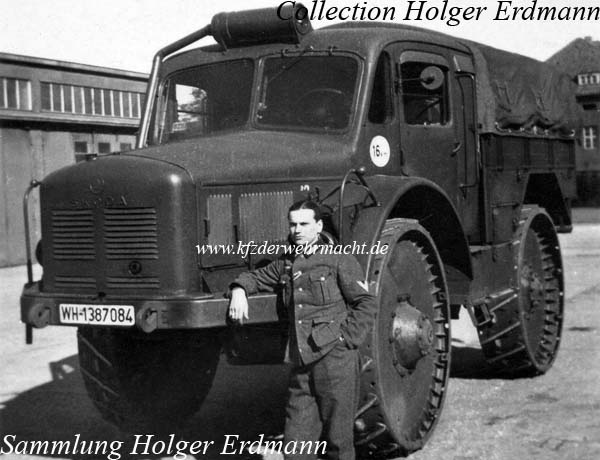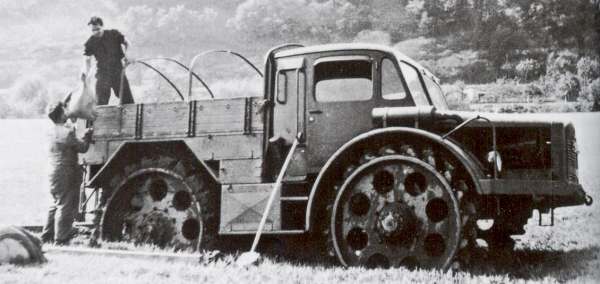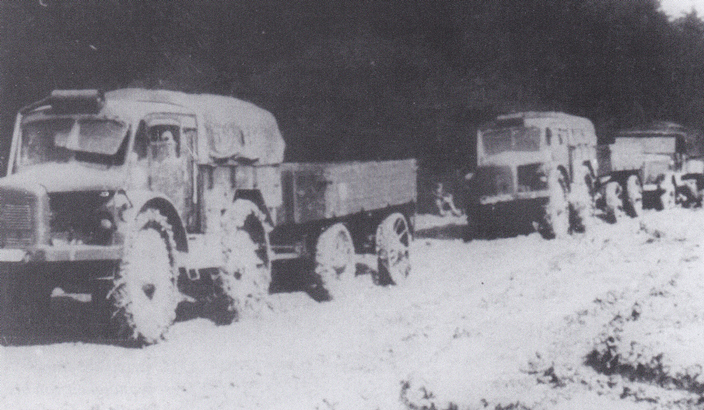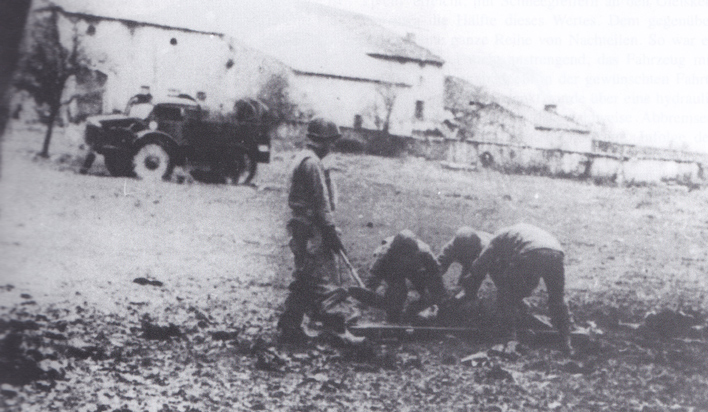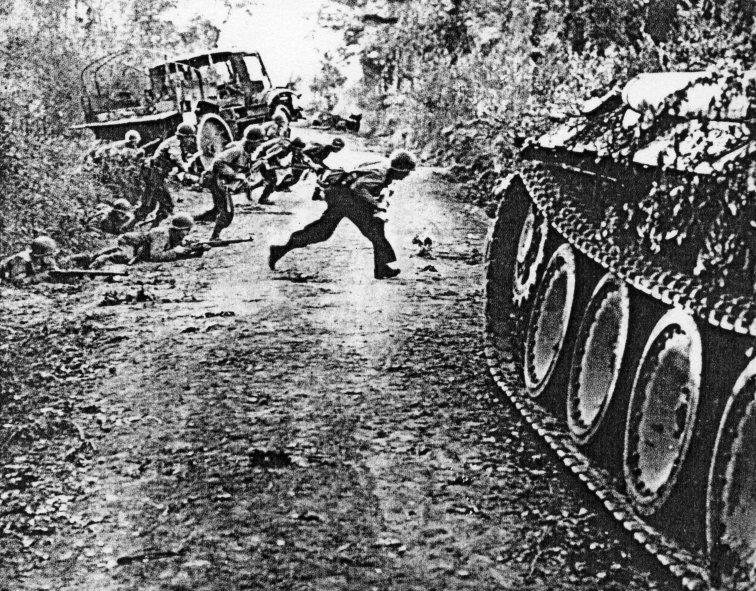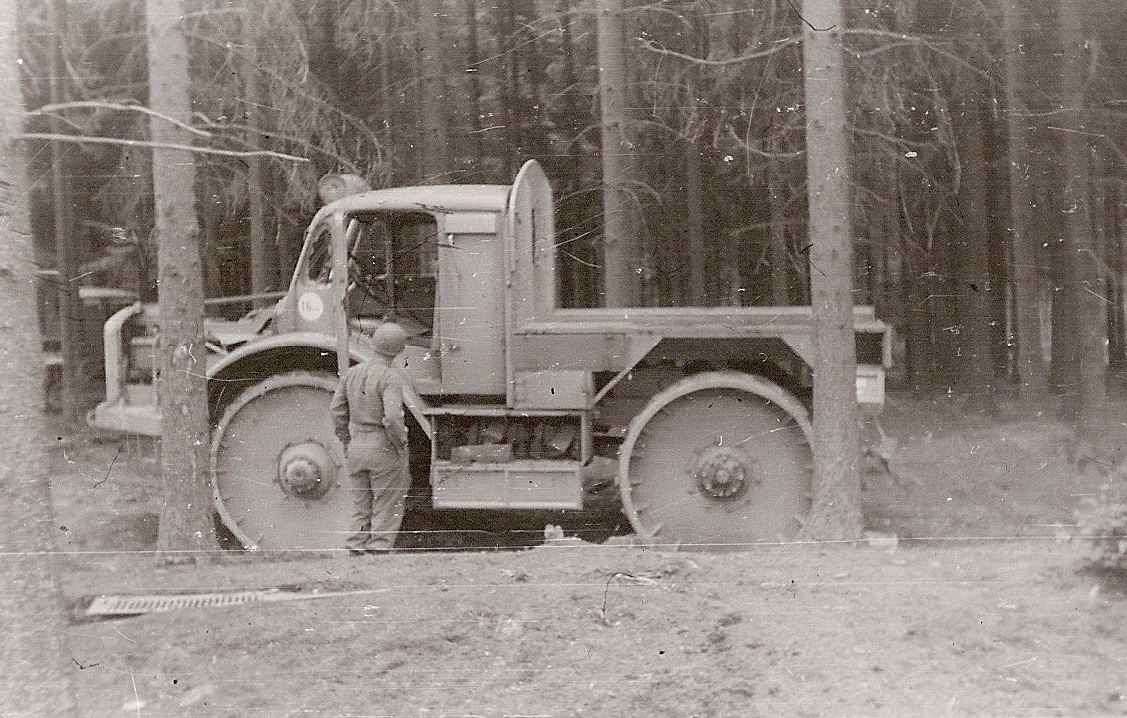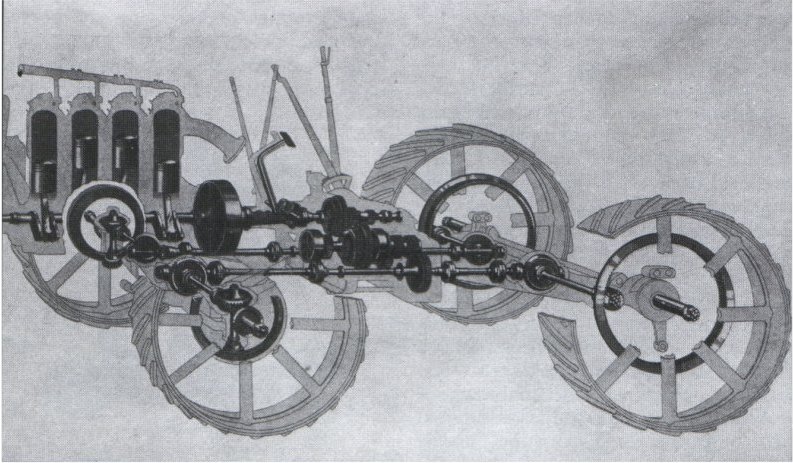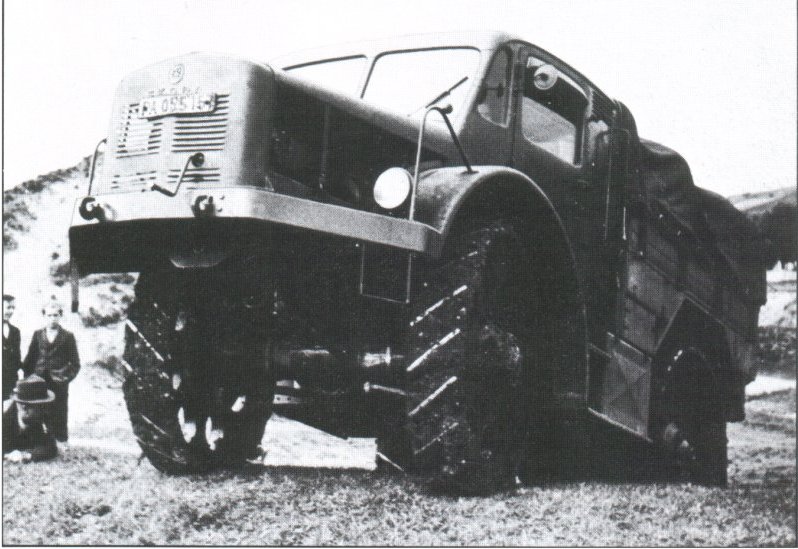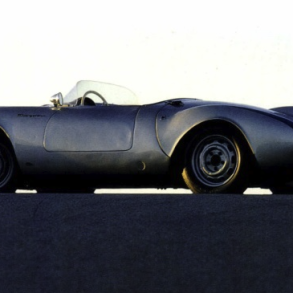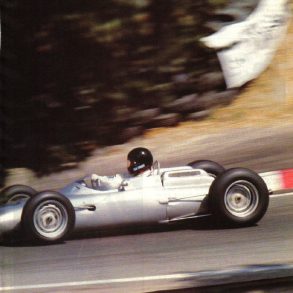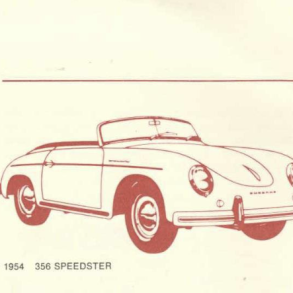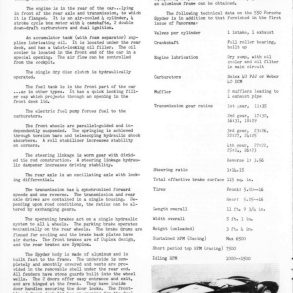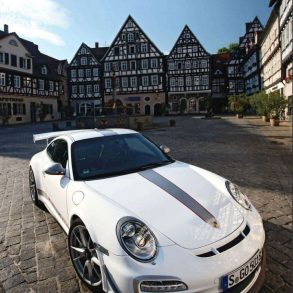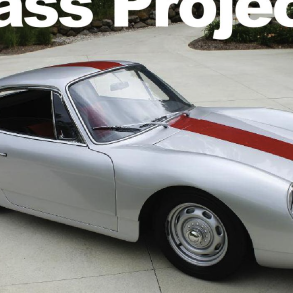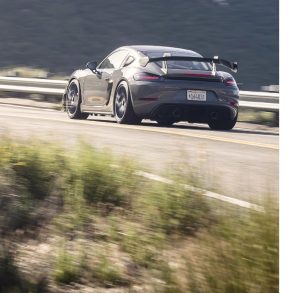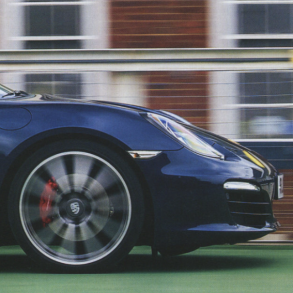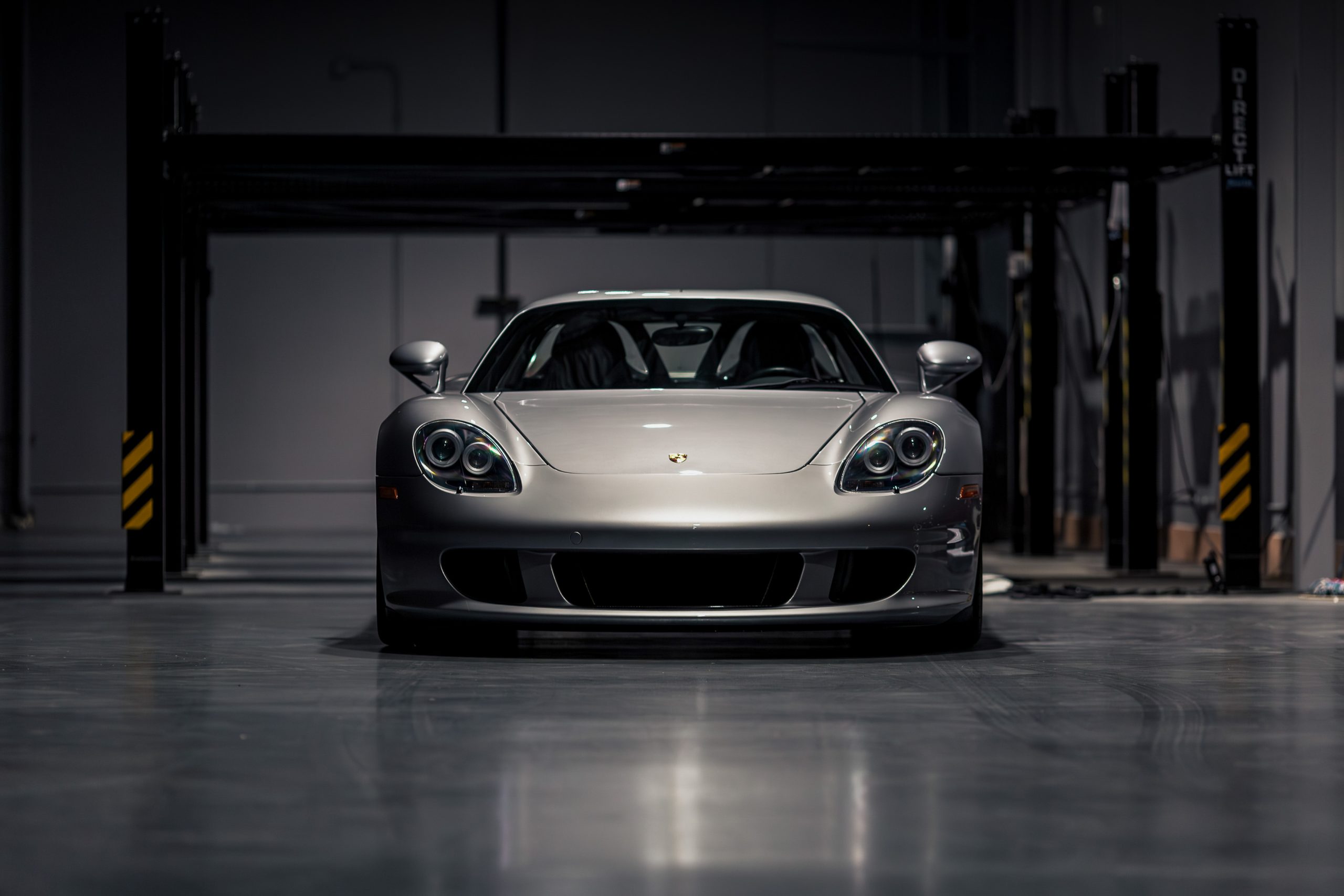War forces people to invent things they would never have thought of at other times. This applies to all areas of human endeavor, including automobile manufacturing. An example is the Radschlepper Ost (RSO) wheeled tractor, produced at the Škoda plant in Pilsen, Czech Republic, which fell under German occupation during World War II.
The idea of an off-road wheeled tractor capable of navigating marshy terrain, transporting cargo, and towing heavy artillery systems was not new in the early 1940s, but its relevance to Germany became apparent in 1941, after the failure of the Blitzkrieg in the USSR. The battles of 1941–1942. On the Eastern Front, the Wehrmacht’s fleet of artillery tractors was significantly reduced, but the German forces’ true dire situation arose in the late autumn of 1941, when, within just a few days, almost all motor transport came to a standstill, stuck in the Russian mud, and a severe shortage of horses developed in infantry units. The situation was partially rectified by mobilizing captured Russian tracked tractors, tractors, and serviceable tanks, although this entailed additional maintenance difficulties. But by the spring of 1942, when the snow began to melt, the same thing happened again. It became clear that off-road conditions required completely different tractors than those in service with the German army. Von Schell, the General Staff’s authorized representative for automotive technology, tasked the Ministry of War Production with systematizing military vehicle production: stopping production of a wide range of diverse vehicles and focusing only on the best models of a limited model range. Successful examples of this program include the Volkswagen Kubelwagen, the 1.5-ton Steyr 1500A truck, and the 3-ton Opel “Blitz.” The RSO was intended to continue this tradition.
The 6th Department of the Wehrmacht Armament Directorate created a special commission, headed by Professor Ferdinand Porsche, which reviewed designs developed by Steyr specialists for a tracked tractor (Raupenschlepper Ost) based on the Steyr 1500A all-wheel drive (4×4) truck. Based on the results of this research, the project for a wheeled tractor, codenamed Porsche type 175 (RSO), was launched.
However, in Germany itself, factories were so overloaded with orders that there was simply no room to produce the “super tractor.” Then the German leadership remembered that occupied Czechoslovakia had a large automobile plant in Pilsen. True, by that time, the plant was already working hard to meet military needs: the occupiers had established production there of aircraft engine parts, Messerschmitt spare parts, fuses, and a whole host of other products. But perhaps this wasn’t a random choice – during World War I, tractors designed by Austro-Daimler were manufactured for the Austro-Hungarian army by Skoda factories (as were the siege mortars they towed).
In January 1942, Dr. Ferdinand Porsche arrived in this city to meet with the chief designer of the Oldřich Meduna plant. The Czech engineer was recruited to design special vehicles for the Eastern Front. From then on, Škoda’s chief designer was required to spend two weeks a month at Porsche’s design office in Germany, working on the new project. Several other Czech designers also had to work there for about six months. Finally, the project was completed, and construction of a prototype began, which was approved by German authorities.
The first RSO prototype was completed on September 2, 1942, and entered testing. The RSO/01 was an all-wheel drive wheeled tractor with an enclosed wood-and-metal three-seater cabin housing the driver and an attendant, while cargo or fifteen soldiers could easily be stowed on the wooden cargo bed, covered with a canvas tarpaulin. Additionally, provision was made for eight bunks in the bed for the towed gun crew to rest in the field. A mechanical winch with a 5-ton pulling force, driven by the transmission, was mounted under the cargo platform floor. A hatch in the platform was provided for winch maintenance. Versions with a three-seater cabin and a shortened cargo platform were also produced.
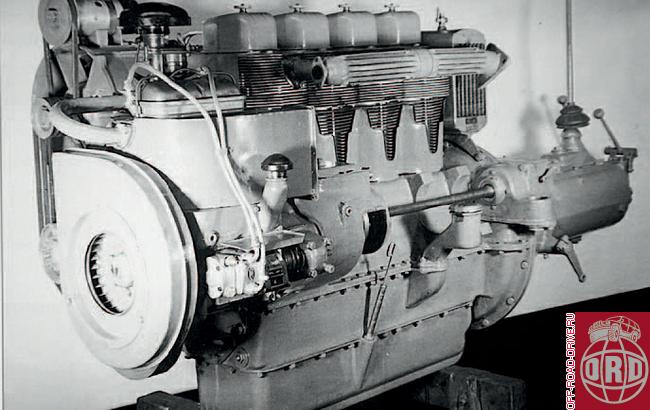
TECHNICAL SPECIFICATIONS:
Type: Heavy-duty tractor, 4 x 4 (Radschlepper Ost)
Make and model: Skoda RSO (Porsche Typ 175)
Manufacturer: Skoda-Werke, Pilsen, Czechoslovakia
Developed by: Dr.-Ing. für F. Porsche KG, Stuttgart, Germany
ENGINE:
Type: 4-cylinder, in-line, gasoline, OHV, air-cooled
Displacement: 6,024 cm3 (115 x 145 mm)
Power output: 90 hp at 2,000 rpm
Compression ratio: 5.45:1
Wheel type: steel rims, 1,500 mm, width 300 mm front, 400 mm rear. Carburetor: Solex 48FNVP
ELECTRICAL SYSTEM: Bosch
AUXILIARY ENGINE:
Type: 2-cylinder, in-line, gasoline, OHV, air-cooled, voltage: 12V (1 battery, 105 Ah)
Displacement: 565 cm3 (75 x 64 mm)
Power output: 12 hp at 3,500 rpm
Compression ratio: 5.8:1
Carburetor: Solex WINCH
Load capacity: 5,000 kg
DIMENSIONS
Wheelbase: 3,000 mm
Track, front/rear: 1,820/1,720 mm
Overall length: 6,220 mm, width: 2,300 mm, height: 3,065 mm
Ground clearance: 490 mm (axle)
Fuel tank capacity: 250 l
Weight: 7,000 kg (4,000 kg front, 3,000 kg rear)
Gross weight: 12,000 kg
Max speed (theoretical): 1st gear 2.44 km/h, 2nd gear 3.62 km/h, 3rd gear 5.73 km/h, 4th gear 9.16 km/h (5.5 mph), 15.00 km/h (9.3 mph) in 5th gear, 2.92 km/h (1.8 mph) in reverse
Cruising range: 125 km
Climate gradient: 33 degrees
Maximum fording depth: 1,180 mm
Turning radius: 14 m


